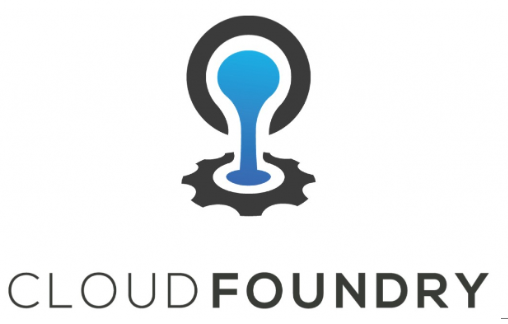Cloud Foundry Cost: Navigating the Landscape of Cloud Application Deployment Costs

In today’s dynamic world of cloud computing, there’s no dearth of platforms that promise seamless application deployment and scalability. Among the various contenders, Cloud Foundry stands out as a predominant open-source cloud application platform. But how does its pricing stack up, and what should potential users expect? Let’s dive deep into the nuances of Cloud Foundry’s cost structure and its value proposition.
Also Read:- Diving Deep into TotallyScience GitLab Exploration
Understanding Cloud Foundry
Before delving into the costs, it’s essential to grasp what Cloud Foundry offers. It’s an open-source cloud application platform that allows developers to deploy, run, and scale applications without the intricacies of building and maintaining the infrastructure. This platform-as-a-service (PaaS) solution supports multiple languages and services, making it incredibly versatile.
The Cloud Foundry Ecosystem
Cloud Foundry isn’t just a singular entity. Its ecosystem comprises:
- Cloud Foundry Community: The open-source version available for free. However, using it might require setting up and managing your infrastructure, potentially adding indirect costs.
- Commercial Cloud Foundry: These are managed services offered by third-party vendors, like VMware Tanzu or IBM Cloud Foundry. Costs here depend on the provider and the service tier.
Determining the Costs: Factors to Consider
Several elements influence the cost of deploying applications on Cloud Foundry:
- Infrastructure: While Cloud Foundry itself might be free (if you’re using the community version), the infrastructure it runs on isn’t. Whether it’s on-premises hardware or cloud-based services like AWS, Azure, or GCP, these come with their costs.
- Service Plans: With commercial Cloud Foundry offerings, there are different service tiers. Each comes with its set of resources, capabilities, and associated costs.
- Add-on Services: Costs can also accrue from services like databases, caching, or third-party integrations that your applications might require.
- Maintenance and Operations: Costs related to monitoring, logging, troubleshooting, and potential platform updates.
- Support: Commercial versions usually offer tiered support plans, which can add to the overall cost.
Estimating the ROI
The real value of Cloud Foundry isn’t just in its upfront costs but in the potential savings and benefits it brings:
- Speedy Deployment: Faster go-to-market times can lead to better ROI on application development.
- Scalability: Without the need for major changes or infrastructure adjustments, scaling becomes more cost-effective.
- Resource Efficiency: Developers can focus on coding without concerning themselves with infrastructure, leading to better resource utilization.
- Consistent Environments: This can significantly reduce costs associated with bugs or issues arising from inconsistent deployment environments.
Comparative Analysis
While Cloud Foundry’s pricing is a significant consideration, it’s essential to compare it with other PaaS solutions. Platforms like Heroku, OpenShift, or Azure App Service also offer competitive features, and their cost structures differ.
The Road Ahead: Future of Cloud Foundry Costs
The world of cloud computing is continually evolving, leading to potential changes in pricing models. Features become more sophisticated, integration capabilities expand, and economies of scale may lead to price adjustments.
Conclusion: Navigating Cloud Foundry’s Value Proposition
Cloud Foundry’s cost isn’t just about the numbers on a price tag. It’s about the value it delivers in terms of efficiency, scalability, and deployment speed. By understanding its cost structure and the potential ROI, businesses can make an informed decision, ensuring they get the best bang for their buck in the cloud application deployment landscape.





